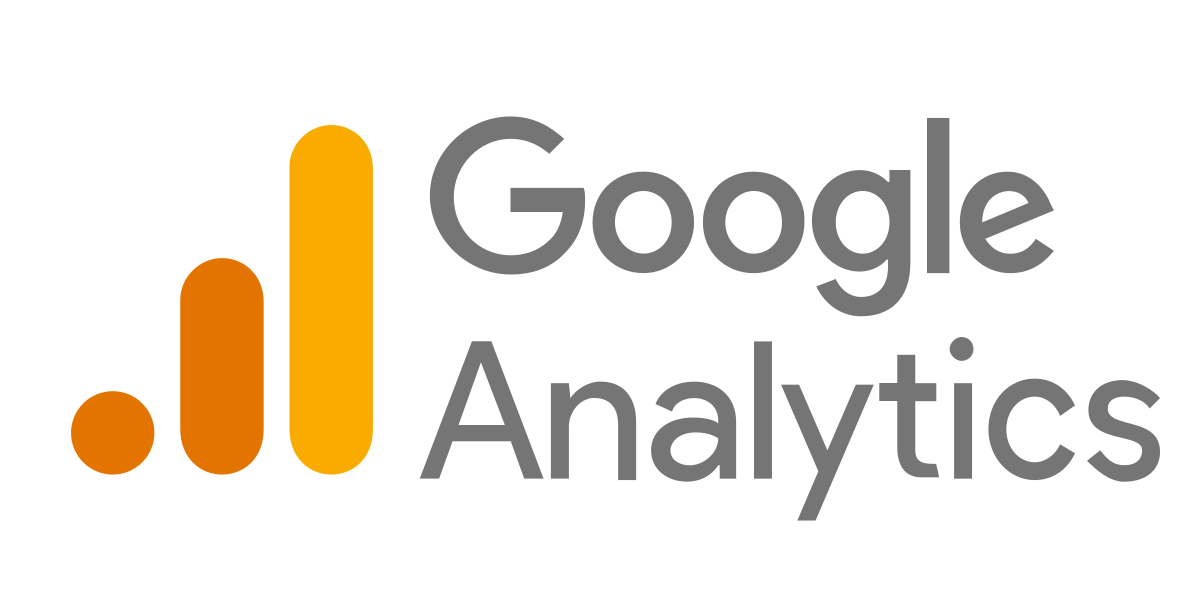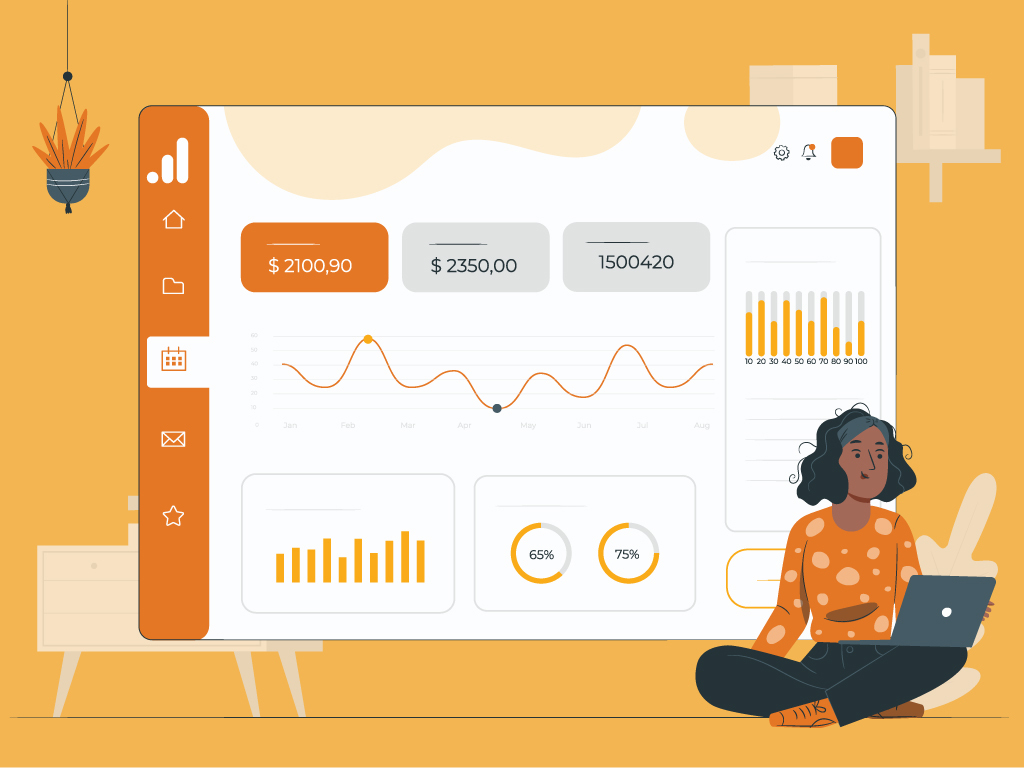What is a "Dimension" in Google Analytics and How It Impacts Your Records
What is a "Dimension" in Google Analytics and How It Impacts Your Records
Blog Article
Transform Your Information Evaluation With Expert Tips on Google Analytics Dimensions
Enhancing your data evaluation abilities through Google Analytics dimensions can be a game-changer in understanding the complexities of user interactions and on-line website traffic. By strategically leveraging these measurements, you can obtain useful understandings that lead the way for notified decision-making. The complex internet of information factors waiting to be discovered holds the key to unlocking a treasure trove of details that can change your understanding of digital performance. Through expert ideas and methods in using Google Analytics dimensions, a globe of untapped prospective beckons, assuring a deeper understanding of your on-line ecological community.
Comprehending Google Analytics Dimensions
Google Analytics Measurements play an essential duty in giving useful insights right into the efficiency of a site or online system. Dimensions are features of data that permit you to segment and organize your analytics data. They supply context to the metrics being analyzed, offering a deeper understanding of customer habits, web traffic sources, and other vital efficiency indicators. By utilizing measurements effectively, companies can customize their techniques to fulfill the requirements and assumptions of their target market.
Measurements classify information into various teams, such as website traffic sources, user demographics, behavior, and technology used. This segmentation makes it possible for organizations to recognize patterns, fads, and chances for optimization. Comprehending the various dimensions readily available in Google Analytics is vital for interpreting information properly and making informed decisions to boost web site performance and user experience.
Selecting the Right Capacities
Selecting the proper measurements in your Google Analytics configuration is a vital part in efficiently examining and interpreting information. Measurements in Google Analytics describe the attributes of your information, such as resource, tool, device type, or geographical area. When selecting dimensions, consider what specific insights you aim to get from your data analysis.

It is essential to choose dimensions that straighten with your organization goals and the questions you look for to respond to. By choosing the right dimensions, you can boost the deepness and accuracy of your information evaluation, leading to even more informed decision-making and actionable understandings.
Making Use Of Custom Dimensions Efficiently
When aiming to dive deeper into certain information points beyond the conventional dimensions offered by default in Google Analytics, making use of custom dimensions can provide this page a customized method to tracking and assessing one-of-a-kind metrics. To properly use personalized measurements, it is necessary to plan and apply them attentively, ensuring they straighten with your data and goals evaluation read review needs. Regularly reviewing and improving your customized measurements based on changing company requirements is vital to making best use of the value they bring to your Google Analytics data analysis initiatives.

Advanced Strategies for Measurement Evaluation
For in-depth information analysis and acquiring valuable understandings from your Google Analytics records, understanding advanced strategies for measurement analysis is essential. Advanced methods for dimension evaluation involve diving deeper right into the data to uncover more in-depth understandings. One such method is segmenting dimensions to develop even more targeted analysis. By integrating multiple measurements, such as traffic resources and customer demographics, you can gain a much better understanding of just how various sectors of your target market act on your web site.
One more innovative strategy is using personalized records to analyze dimensions across various metrics. This allows you to contrast and contrast just how specific measurements influence various aspects of your web site performance. In addition, leveraging the power of second measurements can give added context to key measurements, providing an extra extensive view of your data.

Improving Data Visualization With Measurements
To enhance the understanding and analysis of information collected with Google Analytics, improving data visualization with dimensions is a tactical approach. Dimensions in Google Analytics supply descriptive qualities of data, enabling customers to section and organize information for more clear understandings.
Improving data visualization with measurements not just streamlines the discussion of data yet also help in making informed decisions based on the analysis. Aesthetic depictions provide a intuitive and quick way to comprehend crucial metrics and efficiency signs, helping with interaction and partnership within an organization. By integrating measurements browse this site into data visualization techniques, companies can open the complete capacity of their Google Analytics data and drive data-informed approaches for growth and optimization.
Verdict
To conclude, understanding Google Analytics measurements is crucial for unlocking useful understandings and improving decision-making. By thoroughly choosing dimensions straightened with vital performance indications, using customized dimensions successfully, and applying advanced methods such as segmentation and secondary dimensions, you can uncover patterns in individual behavior and web traffic resources. Improving information visualization with clear representations of searchings for will additionally aid in interpreting complicated data and driving efficient development techniques.
When aiming to dig much deeper into details information points past the typical dimensions provided by default in Google Analytics, utilizing custom dimensions can provide a customized method to monitoring and assessing distinct metrics. Furthermore, leveraging the power of second measurements can offer added context to main measurements, providing a much more extensive view of your information.
To improve the understanding and interpretation of data gathered through Google Analytics, boosting data visualization with dimensions is a critical approach (what is a “dimension” in google analytics?). By incorporating measurements into data visualization strategies, organizations can open the full potential of their Google Analytics information and drive data-informed approaches for development and optimization
By carefully selecting dimensions lined up with key efficiency indicators, using custom-made dimensions efficiently, and applying sophisticated techniques such as division and additional measurements, you can uncover patterns in individual behavior and traffic sources.
Report this page